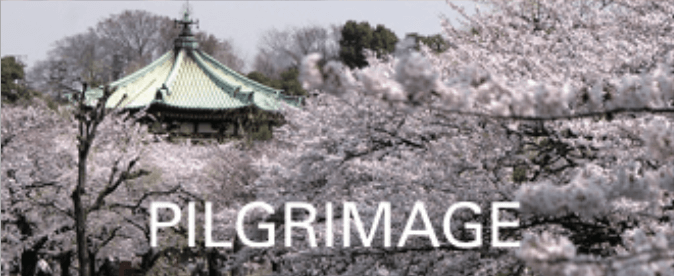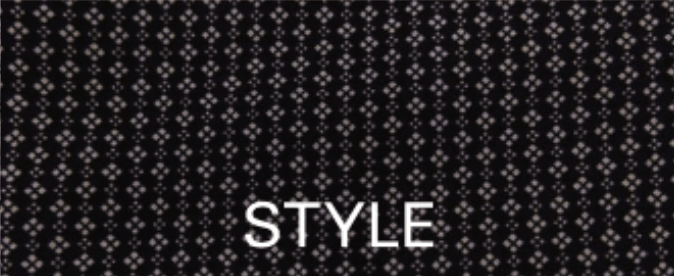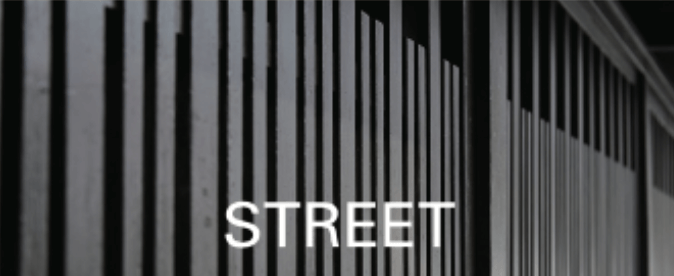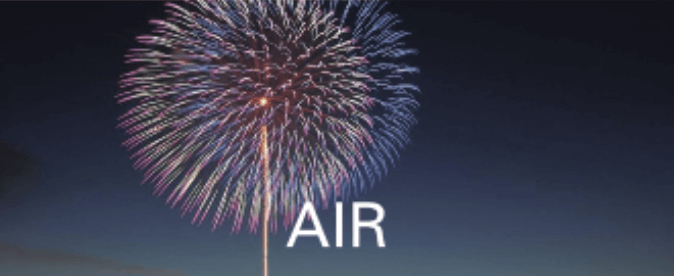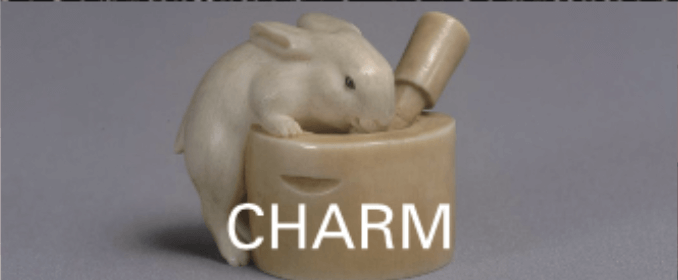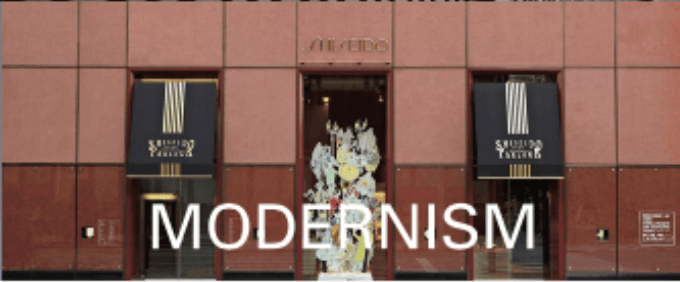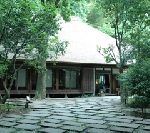
Shirasu Jiro (1902 – 1985), a Japanese businessman, was deeply involved in the establishment of the new constitution after World War II. He was also the chairman of Tohoku Electric Power Co., Inc. Shirasu Masako (1910 – 1998) was an art critic and essayist, who was the wife of Shirasu Jiro. Buaiso is the former residence of Shirasu Jiro and Masako. The Shirasu couple thought that the War would have expanded, and bought an old farmhouse in 1940. They renovated it and moved to it in 1943.
The Buaiso introduces furniture such as a knee rest made from excess fabric, which reflected Jiro and Masako’s PRINCIPLES of style.
This museum was opened in 2005 at the Mitsui Main Building (important cultural property), which was built in 1929 with Western-style architecture. This museum conveys the elegance of tradition in Japan and Asia art. There is Yukimatsu-zu byobu – the Folding Screen of Pine Trees in the Snow by Maruyama Okyo (1733 – 1795), the founder of the Maruyama school of painting. The pine trees reflect the glittering light and stand upright in the snow-covered canvas.
It was drawn with rich emotion, using only ink, Kindei, a gold mud, and the white color of the paper. The pine trees were drawn with Mokkotsu, an oriental painting technique without outlines. Sessho-zu byobu is a masterpiece of Okyo, who fused the traditional decorative painting style and the flat and clear expression of sketching.
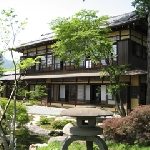
This museum is the former family residence of Nezu Kaichiro Sr. (1860 – 1940), a Japanese railroad king and politician. It has the theme of learning and inheriting the idea of beauty to have the awe-inspiring to the nature, and introduces the life of Kaichiro through the materials and the garden.
This museum faces the Ome-kaido Road, and remains Nagaya-mon, a gate and house of security. The 28.8m wide and 5.4m deep building is a Nationally designated tangible cultural property. Seizan-so, which used to be the reception hall, was named for Kaichiro’s tea name “Seizan”, who was an ardent tea practitioner. Seizan-so has a tea room, named Kakitsubata, a rabbit-ear iris. This name came from Kakitsubata-zu, the painting of rabbit-ear iris, a six-panel folding screen, by Ogata Korin (1658 – 1743), a Japanese painter, lacquerer and designer of the Rinpa school. – Kakitsubata-zu, the six-panel fold screen is possessed by the NEZU MUSEUM in Tokyo.
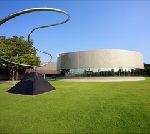
It is on the vast grounds of the Shiseido Kakegawa Plant, which is surrounded by the mountains linked to Mt. Awagatake, with a gentle breeze blowing from the Enshu-nada Sea. Shiseido Art house exhibits superior modern art works.
At the corporate museum, Shiseido’s intellectual assets, product packaging, spanning over 140 years since its founding, are chronologically exhibited. Each item is true luxury, individually made, with great time and effort. There is nothing like timeless beauty!

Baron Kawada Ryokichi (1856 – 1951), a Japanese businessman and the father of the potato, “Danshaku Imo, Baron Potato”, was born in Tosa Province, Koichi at the End of the Edo period (1603 – 1868). He encountered a famine-resistant potato in the UK during his study abroad, and he aimed to introduce this potato to Japan. At the age of 50, he moved to Hakodate and he became a farmer.
There is a dining room where you can still experience the modern and rustic world of the dashing baron, who drove his beloved car, locomobile, on the northern land, Hokkaido.
